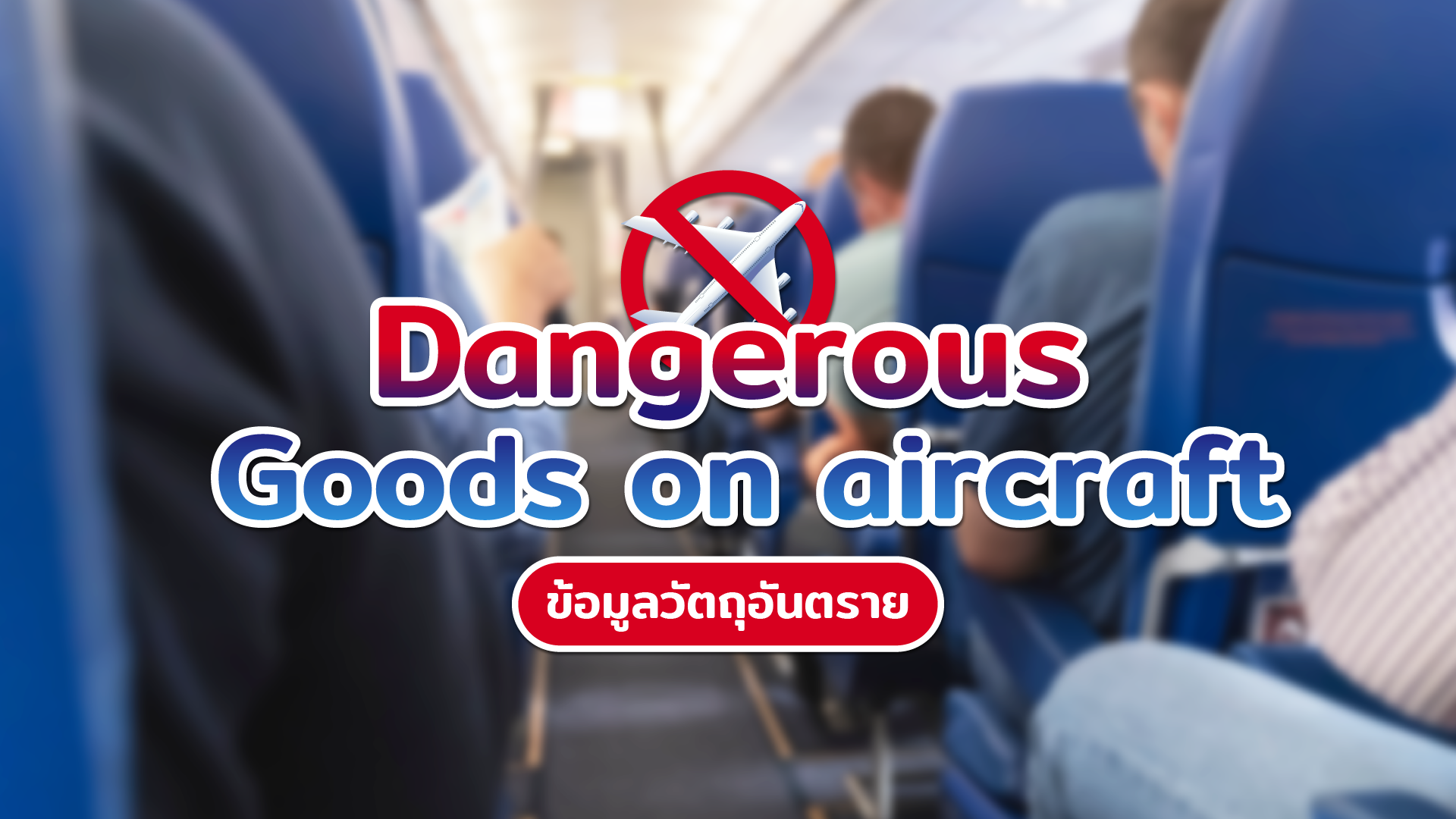

Dangerous Goods on aircraft
It is prohibited to carry any dangerous items on board an aircraft.
The following are considered hazardous items:
- Explosives
- Fireworks, flares, sparklers, ammunition, gunpowder, and other types of explosives.
- Gases
- Gas cylinders, gas canisters, aerosol sprays, diving air tanks, and oxygen tanks.
- Flammable Liquids
- Fuels, paints, and thinners.
- Flammable Solids, Substances Prone to Self-Ignition, and Substances that Release Flammable Gases upon Contact with Water
- Solid alcohol, matches, and red phosphorus.
- Oxidizing Substances
- Bleaching agents.
- Toxic and Infectious Substances
- Poisons and pesticides.
- Radioactive Materials
- Radioactive mineral sources, such as Cobalt-60 and Cesium.
- Corrosive Substances
- Acids, cleaning agents, and corrosive chemicals.
- Miscellaneous Hazardous Materials, Including Substances Harmful to the Environment
- Hazardous chemicals, dry ice, lithium metal batteries, lithium-ion batteries, wet-cell batteries, and magnetic substances.
It is prohibited for any individual to send or carry hazardous materials or items requiring special care on an aircraft unless information is disclosed or declared to the carrier as required. Violators may face imprisonment for up to two years, a fine not exceeding 80,000 baht, or both. If you have any items suspected of being hazardous and wish to bring them on a flight, please contact the airline for assistance.
Note: Airlines may have stricter policies and specific conditions for transporting hazardous materials beyond technical requirements. Please contact the airline directly or visit the airline’s website for more information.